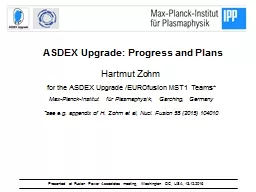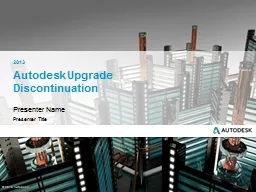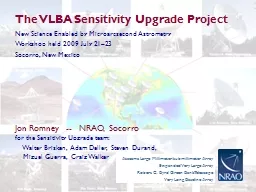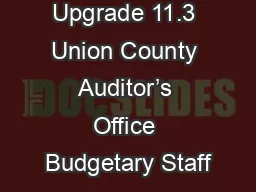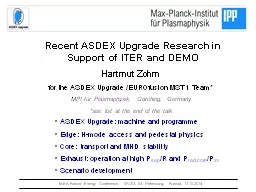PPT-ASDEX Upgrade: Progress and Plans
Author : tatiana-dople | Published Date : 2019-06-22
Hartmut Zohm for the ASDEX Upgrade EUROfusion MST1 Teams MaxPlanckInstitut für Plasmaphysik Garching Germany see eg appendix of H Zohm et al Nucl Fusion 55
Presentation Embed Code
Download Presentation
Download Presentation The PPT/PDF document "ASDEX Upgrade: Progress and Plans" is the property of its rightful owner. Permission is granted to download and print the materials on this website for personal, non-commercial use only, and to display it on your personal computer provided you do not modify the materials and that you retain all copyright notices contained in the materials. By downloading content from our website, you accept the terms of this agreement.
ASDEX Upgrade: Progress and Plans: Transcript
Download Rules Of Document
"ASDEX Upgrade: Progress and Plans"The content belongs to its owner. You may download and print it for personal use, without modification, and keep all copyright notices. By downloading, you agree to these terms.
Related Documents

